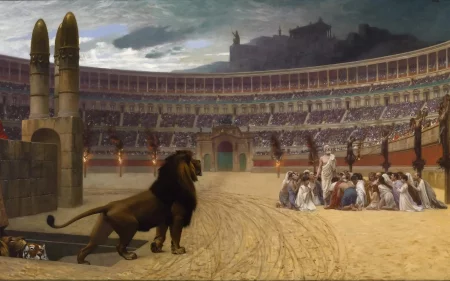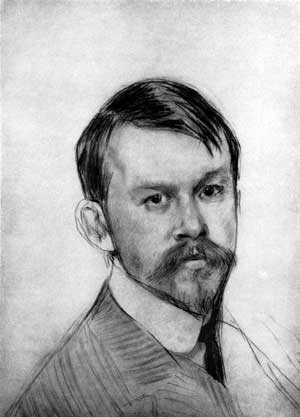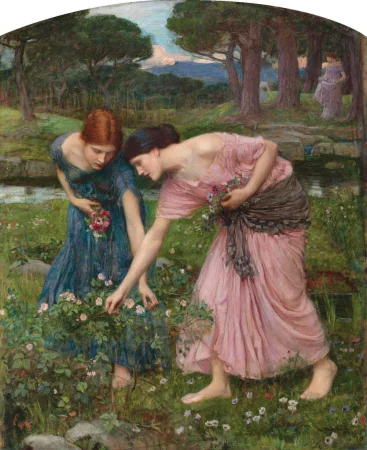The Christian Martyr’s Last Prayer, Jean-Leon Gerome - Meaning and Description of the Painting
The Christian Martyr’s Last Prayer - Jean-Leon Gerome. Canvas, oil. 87.9 x 150.1 cm
Jerome began to write “The Christian Martyr’s Last Prayer” at the order of the American collector William Walters back in 1863. Walters was the one to determine the composition of the painting and clearly distribute all of its components.
The image in the painting takes the viewer to Ancient Rome, namely to the arena of the Circus Maximus - a huge hippodrome, where all stands are occupied by the spectators, frozen in anticipation of reprisals against the Gentiles.
The newly introduced religion, not taken seriously by anyone at first, was gaining more and more popularity and soon posed a real threat to the traditions, established in the empire. That was the time when the Great Persecution of Christians began, resulting in more than three thousand people killed.
Crucified, like Christ, martyrs hang on pillars placed around the arena. In his hands, the executioner has a long stick, with the burning resin dripping from its end, and he brings it to a bundle of hay just under the feet of the victim. Accompanied by the approving excitement of the stands, the bright flame devours the innocent lives of the sufferers.
The condemned people keep praying. There are women and children between them, but one cannot see any horror on their faces. That is because they do believe in the salvation of their souls. One of victims addresses the people in the stands, to recall them on the Judgment Day. Annoyed by this sort of behavior, the Romans insisted on speeding up the execution. So, the wild animals are released from cages, with the lion being the first to enter the hippodrome, serving as an indicator of the great Roman Emperor’s power.
Critics highly praised the master's work, having highlighted same as the brightest and most significant one of the Roman theme. The embodiment of the reality of those times was a reason to subsequently use the scene of this painting in cinema.
Walters received his order almost after twenty years, when he himself was pretty aged. Once the Maecenas had passed, the picture was transferred by his son Henry "to the possession of the state." Today, it is owned by the Walters State Museum in the United States.
Comments (0)
Top
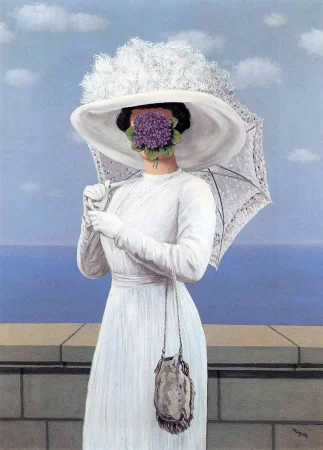 Painting The Great War, Rene Magritte - Meaning and Analysis
Painting The Great War, Rene Magritte - Meaning and Analysis
The Great War - Rene Magritte. Canvas, oil. 81 x 60 cm...
10.10.23
1 086
0
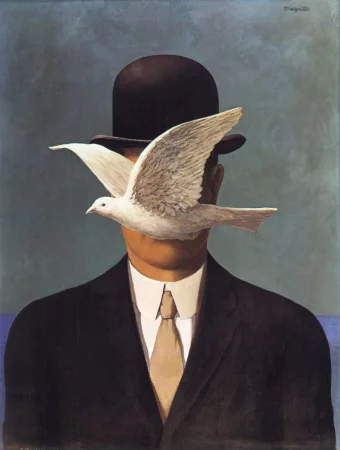 The man in the bowler hat, Rene Magritte
The man in the bowler hat, Rene Magritte
The man in the bowler hat - Rene Magritte. Canvas, oil. 70 x 50 cm...
06.09.23
2 725
0
